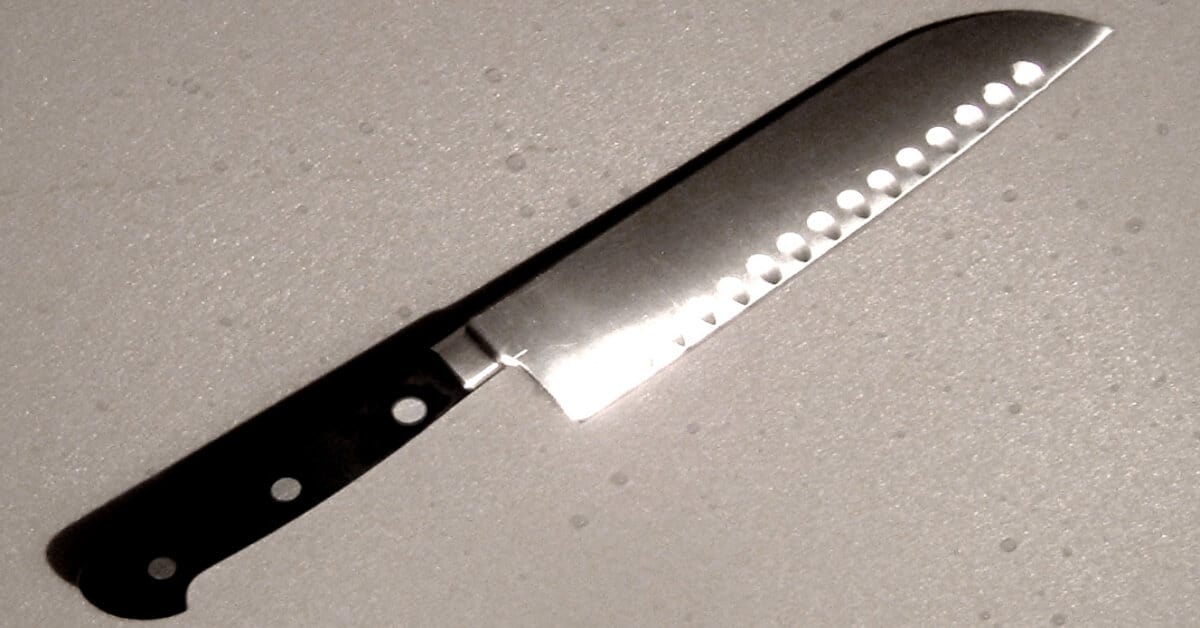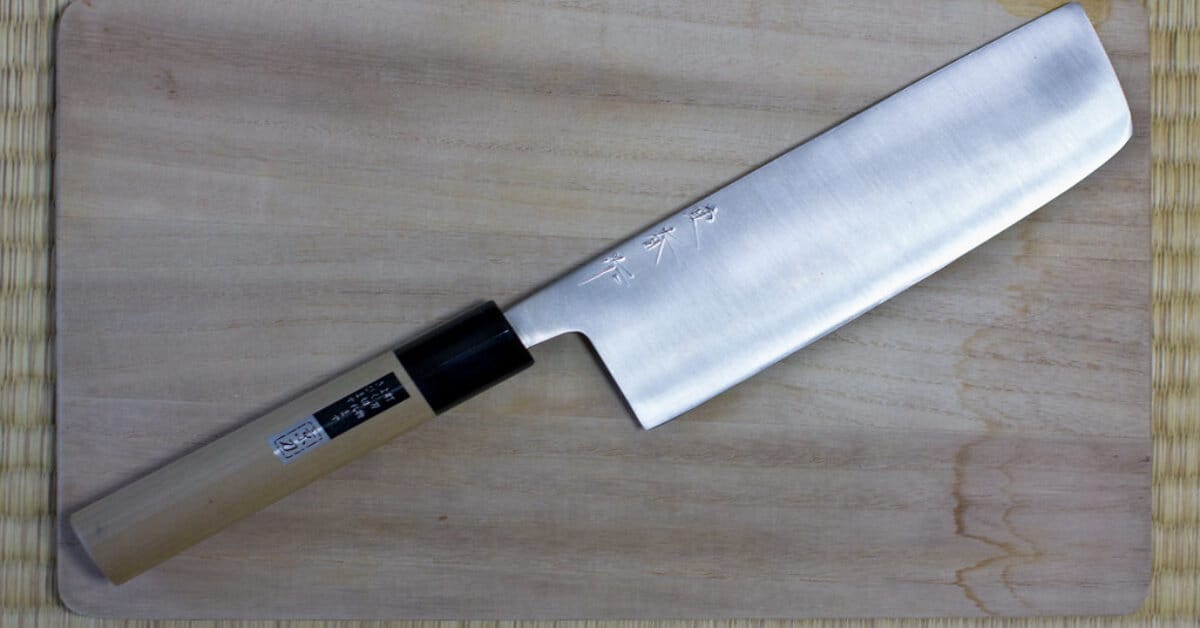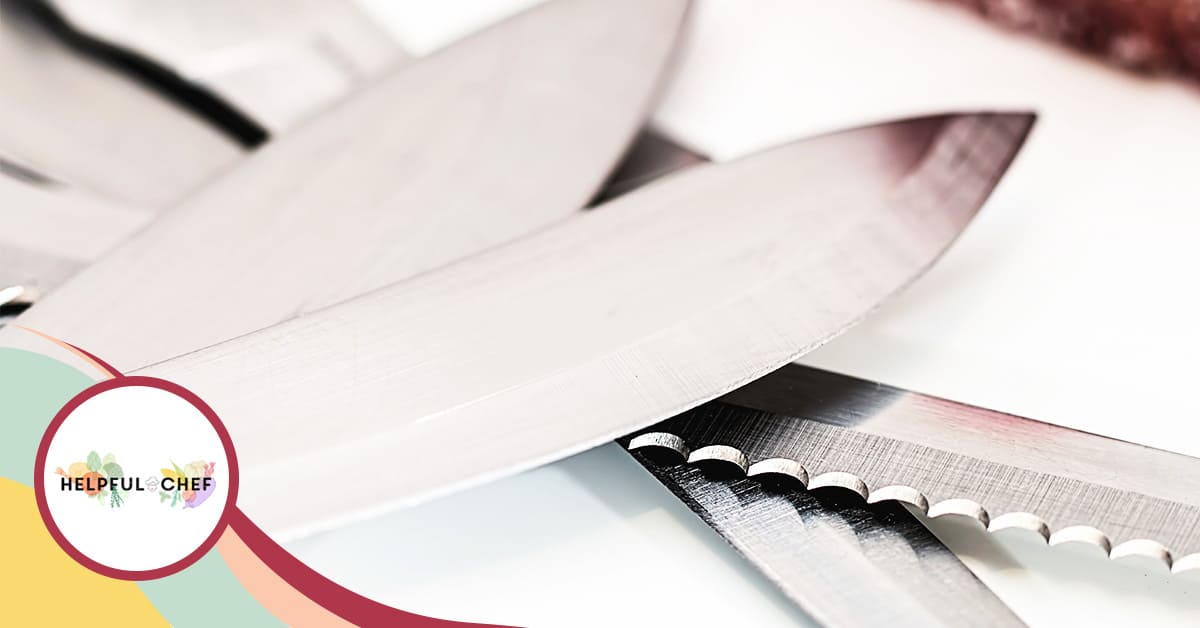If you’re like most home cooks, your knives are the most important tools in your kitchen. And just like any other tool, your knives need to be maintained if you want them to last. In this blog post, we’ll show you how to hone a chef’s knife using a honing rod. We’ll also discuss how to keep your knives in good condition so that they stay sharp for years to come!
Why It Is Important To Keep Your Knives Sharp
When you regularly use a kitchen knife it will likely dull over time. There are a number of reasons for this including:
– The type of knife: Some knives are simply more prone to dulling than others. For example, carbon steel knives will usually need to be sharpened more often than stainless steel knives.
– How you use the knife: If you regularly use your knife for tough tasks like chopping through bone or frozen food, it will dull faster than if you only use it for slicing vegetables.
– The quality of the knife: A high-quality knife that is made from good materials will usually stay sharper longer than a cheap knife.
For all of the above, your knife will dull, which will make it harder to slice and chop. If you use your knives for everyday tasks then it is important to keep them sharp. Dull knives are more dangerous than sharp knives because they require more force to cut through food. This can lead to an increased chance of slipping and cutting yourself. Yes, it is true that a dull knife is more dangerous than a sharp one.
Why Is My Knife Dull?
If your knife isn’t sharp it will be because of one of two possible reasons. The first reason is that the sharp edge of the blade has worn down over time and needs to be resharpened. If you looked at your knife under a microscope, rather than seeing a sharp point you would see rounded nub. With this being the case there is less pressure at the point of cutting, slicing, or chopping, which means you have to exert more force tp break through. To fix this you need to take the knife to a professional or use a sharpening stone at home and grind away that nub into a sharp point again.
The second reason your kitchen knife might be dull is that the blade has become misaligned. This means the edge has started to curl over and that it is the outside of the curl that at the point of pressure rather than the sharp edge. To fix this, however, all you need to do is realign the blade and straighten it up again. To do this, you need a honing rod, otherwise known as a honing steel.
How To Hone A Chef’s Knife
Honing is different than sharpening in that it doesn’t remove any metal from the blade. Instead, it simply straightens out the edge so that it’s once again aligned with the rest of the blade. To hone your knife, you’ll need a honing rod and a kitchen towel.
First, wet the kitchen towel and wrap it around the honing rod. This will help to keep the rod from slipping out of your hand while you’re working.
Next, hold the honing rod in your dominant hand and the handle of the knife in your other hand. Place the blade against the honing rod at a 20-degree angle.
Now, using even strokes, draw the blade down the length of the honing rod. Be sure to apply pressure and keep your strokes even. Do this for about 15-20 seconds, then switch hands and do the same thing on the other side of the blade.
Once you’ve done this, you can test the sharpness of your knife by slicing through a piece of paper. If it cuts cleanly, then you’re all done!
If your knife still isn’t as sharp as you’d like, then you may need to repeat the honing process or it may need sharpening.
How often should you hone your chef knife?
It really depends on how often you use it. A good rule of thumb is to hone your chef knife every time you use it. If you’re a professional chef who uses their knives all day, then you may need to hone them several times throughout the day. However, if you’re only using your knives at home a few times a week, then honing them once a day, or before or after every use, should be sufficient.
How to keep your kitchen knives sharp: A Quick guide to knife maintenance
– Keep your knives out of the dishwasher. The high heat and harsh detergents can damage the blades.
– Don’t store your knives in a drawer. This will cause them to dull faster because they’re constantly rubbing against other objects.
– Instead, store them in a knife block or on a magnetic strip.
– Use a sharpening stone to periodically sharpen your knives. This should be done every few months, depending on how often you use your knives.
In Conclusion
A dull knife is more dangerous than a sharp one and can lead to decreased efficiency in the kitchen as well as nasty cuts and bruises. By honing your chef’s knife regularly, you can keep it sharp and safe to use. Follow the simple steps outlined above and your knives will be slicing through food like a hot knife through butter in no time!
FAQs
Which way do you hone a knife?
You can hone a knife in either direction, but most people find that honing the knife away from the body works best. This is much safer than pulling the blade towards your body.
How do you hone a Wusthof knife?
Wusthof knives are made of high-carbon steel and can be sharpened with a honing steel or diamond sharpener. First, you’ll want to make sure your knife is clean and dry. Next, hold the honing steel horizontally in your dominant hand and the knife in your other hand. Place the blade of the knife against the honing steel at a 20-degree angle. Draw the blade down the length of the honing steel, maintaining that 20-degree angle. Repeat this process 10 times on each side of the blade. Finally, use a sharpening stone or diamond sharpener to put a fine edge on your knife.




